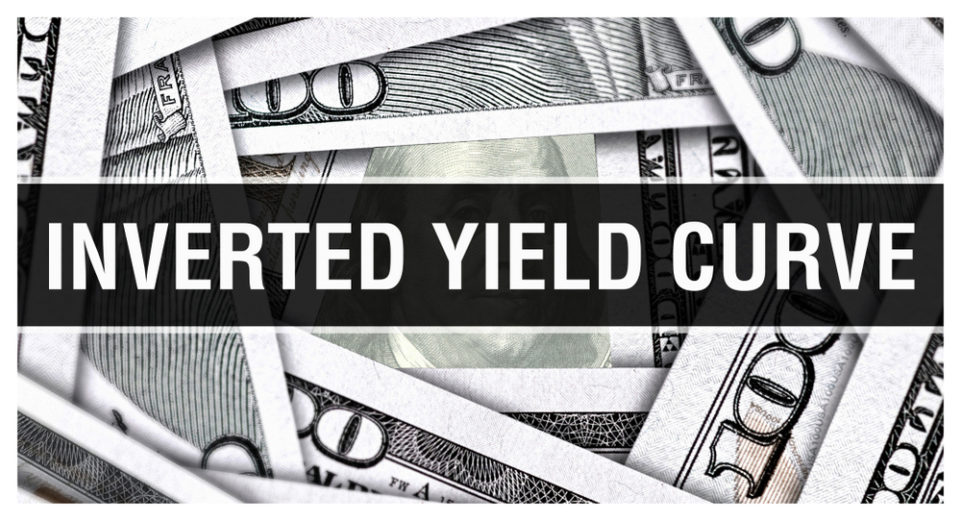
Treasury yields have been all over the news as of late. Not only have we seen a flight to quality in assets like the US 10-year Note resulting in especially low rates, but are also seeing an unusual formation in the yield curve to the point where the time structure is known as “inverted”.
The term yield curve refers to the relationship between the short- and long-term interest rates of fixed-income securities issued by the U.S. Treasury. An inverted yield curve occurs when short-term interest rates exceed long-term rates.
Historically, an inverted yield curve has been viewed as an indicator of a pending economic recession. When short-term interest rates exceed long-term rates, market sentiment suggests that the long-term outlook is poor and that the yields offered by long-term fixed income will continue to fall.
The effects of an inverted yield curve can effect multiple (if not all) markets. Let’s concentrate this discussion on the effect on the consumer.
An inverted yield curve has an impact on consumers. For example, homebuyers financing their properties with adjustable-rate (ARMs) have interest-rate schedules that are periodically updated based on short-term interest rates. When short-term rates are higher than long-term rates, payments on ARMs tend to rise. When this occurs, fixed-rate loans may be more attractive than adjustable-rate loans.
Lines of credit are affected in a similar manner. In both cases, consumers must dedicate a larger portion of their incomes toward servicing existing debt. This reduces expendable income and has a negative effect on the economy as a whole.
Follow me on Twitter @MikeShorrCBOT





